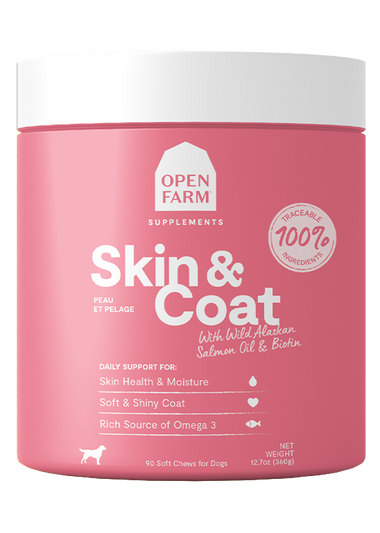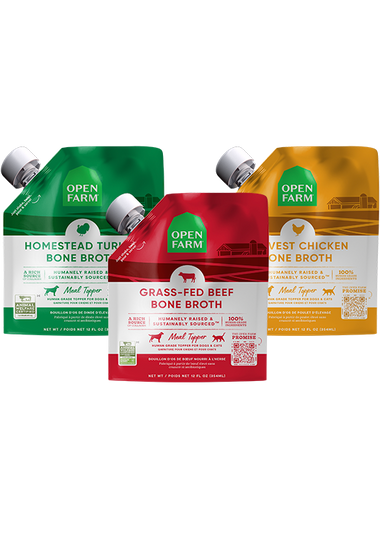Crate training is more than just a tool to keep your puppy safe—it can be a cornerstone of their overall wellness journey. When combined with the right foods, crate training a puppy can help support everything from digestion to skin health and a healthy weight. Let’s explore how to create a cozy haven for your puppy that benefits their mind, body, and tummy!
Why Crate Training Matters for Wellness
Puppies are like toddlers: curious, energetic, and sometimes prone to making questionable choices (like chewing your shoes or sneaking bites of something they shouldn’t!). Crate training provides them with a safe, controlled environment where they can relax and unwind. In addition, puppy nighttime crate training is crucial, promoting a consistent sleep schedule and preventing accidents. It helps them feel secure, fostering independence while reinforcing good behavior and housebreaking habits. Overall, proper crate training for dogs can reduce anxiety and create a sense of security, which is vital for their mental and physical health.
But how does this connect with nutrition and overall well-being? Let’s dig in!
Fueling Good Health
When you’re crate training, high quality foods play an essential role in keeping your pup happy and healthy while they learn and grow.
1. Supporting Digestion
Puppies can have sensitive stomachs as their digestive systems are still growing. Developing a thoughtful plan for how to crate train a puppy is essential. This can help establish a routine, which is crucial for regular digestion. But what you feed them matters, too.
Look for foods with:
- Prebiotics and Probiotics: These support gut health by promoting beneficial bacteria.
- High-Quality Fiber: Ingredients like pumpkin or sweet potato help regulate digestion.
- Easily Digestible Proteins: Chicken or fish can be gentler on their stomach.
Crate Tip: If your puppy cries when in the crate, use mealtime as an opportunity to build positive crate associations. Feed your pup their meals inside the kennel, creating a connection between the crate and something delicious. This behavior may help to reduce your puppy whining in the crate overall.
2. Tackling Stomach Issues
Puppies often experience stomach upsets, especially during transitions (like moving to a new home or adjusting to crate training). High quality foods can help calm their tummies and prevent issues like diarrhea or gas.
Ingredients to look for:
- Ginger: Known for its anti-nausea properties.
- Bone Broth: Gentle on the stomach and full of nutrients.
- Limited Ingredient Diets: These can reduce the risk of food sensitivities.
Crate Tip: If your puppy shows signs of stomach discomfort, make their crate extra cozy with a soft blanket and a calming toy. The familiar environment can reduce stress, which often worsens tummy troubles.
-
Healthy Skin and Coat from the Inside Out
A shiny coat and healthy skin aren’t just about appearance—they’re signs of overall health. High quality foods rich in Omega-3 and Omega-6 fatty acids support skin integrity and give your pup that “show dog” shine.
Look for:
- Salmon or Fish Oil: Packed with Omega-3s for skin health.
- Coconut Oil: Helps with dry skin and can soothe irritation.
- Biotin and Zinc: Essential for healthy fur and skin regeneration.
Crate Tip: Puppies love to scratch! Keep their crate comfortable with non-irritating materials, and make sure they’re not reacting to something in their diet.
-
Maintaining a Healthy Weight
Puppies grow fast, and it’s crucial to balance their energy needs with proper nutrition to avoid under- or over-feeding which is essential for how to crate train a dog. Nutritious foods help them maintain a healthy weight, avoiding joint issues later in life.
Key ingredients:
- Lean Proteins: Support muscle development without excess calories.
- Low-Glycemic Carbs: Ingredients like lentils and peas provide energy without sugar spikes.
- L-Carnitine: Helps convert fat into energy and supports a healthy metabolism.
Crate Tip: Use healthy treats during crate training. Rewarding your pup for entering the crate or staying calm inside helps them associate it with positive experiences. Just remember to account for those treats in their daily calorie intake!
Putting It All Together: Creating a Holistic Haven
Crate training isn’t about confinement; it’s about creating a safe, happy place for your puppy to rest and recharge. Kennel training puppy behaviors early can help establish a positive routine and may help reduce anxiety. When you combine crate training with healthy foods that support digestion, skin and coat health, and proper weight, you’re setting your pup up for a lifetime of wellness.
Steps for success:
- Make the Crate Inviting: Add a soft blanket and a favorite toy.
- Use Mealtimes Wisely: Feed your pup in the crate to build positive associations.
- Choose High Quality Foods: Look for foods with ingredients that support overall health.
- Stick to a Routine: Puppies thrive on consistency, which helps with both crate training and digestion.
Final Thoughts
Crate training and high quality foods go paw-in-paw. By creating a cozy, welcoming environment and feeding your puppy nutrient-dense foods, you’re doing more than just training—you’re helping them thrive. From a happy tummy to a shiny coat, your puppy’s crate can become their ultimate wellness retreat!
This article is meant only as an example of what might work well for your pet, please reach out to our Pet Parent Experience Team if you have any questions about your pet’s own unique circumstances! To ensure these products are a good fit for your furry friend, we also recommend consulting your vet about any new diet, or environment changes, especially if there is a medical concern. They should be able to help as you and your vet know your pet’s medical history best!





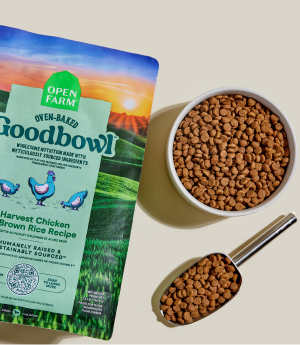

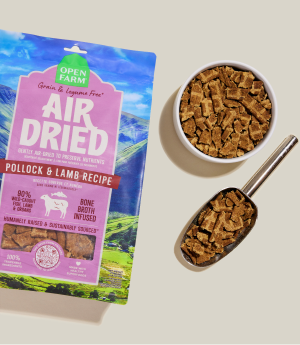



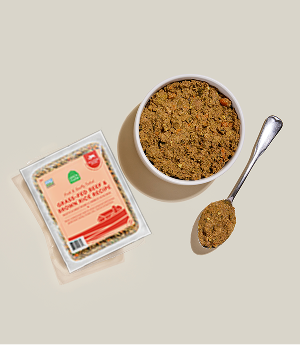

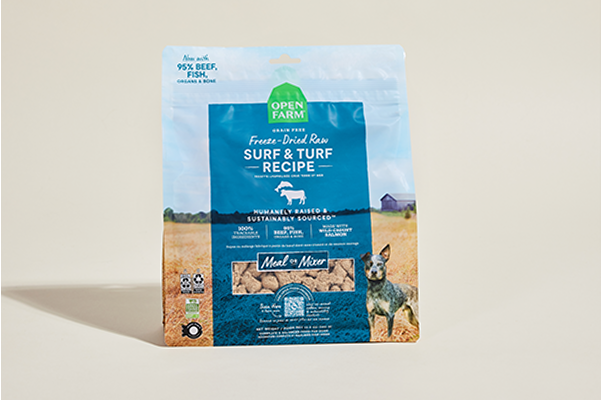

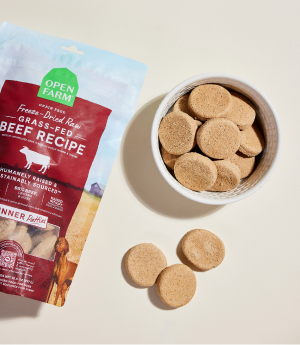
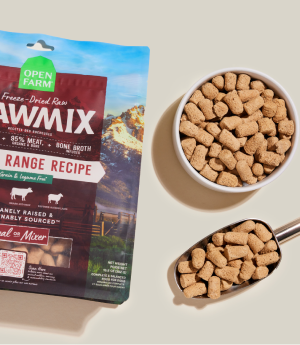


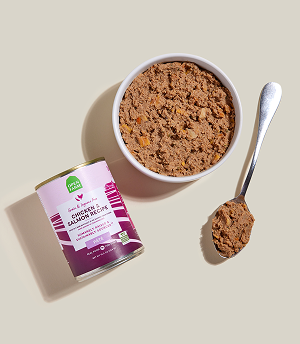
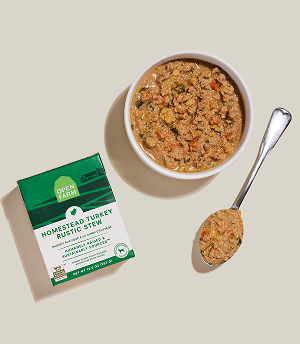
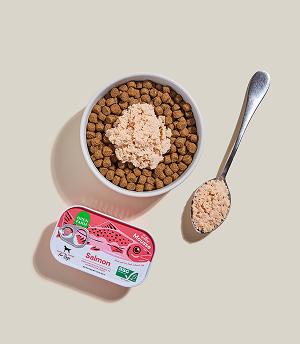
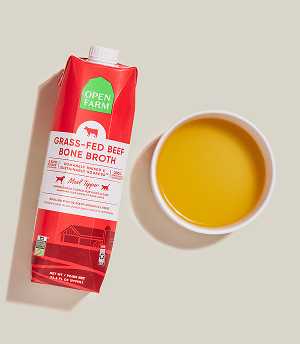

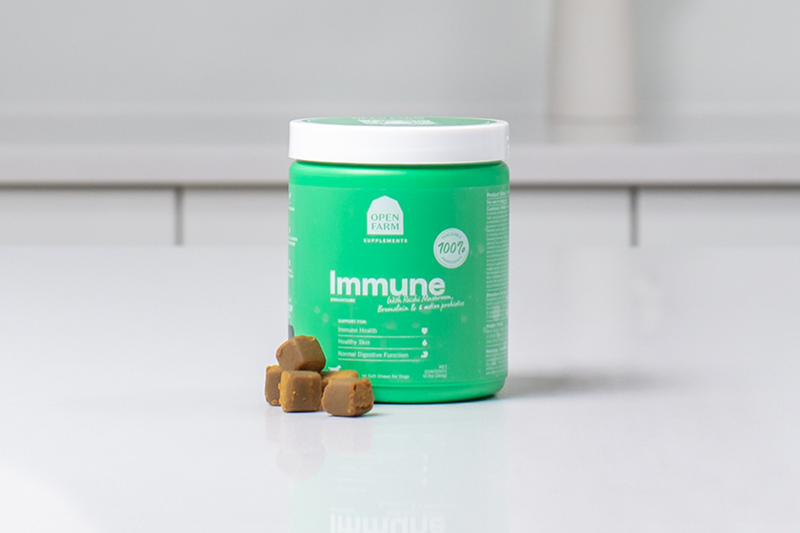
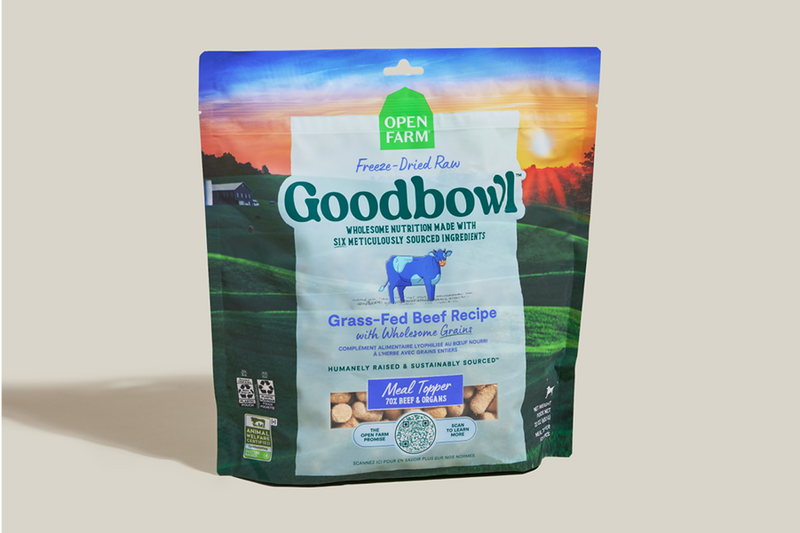
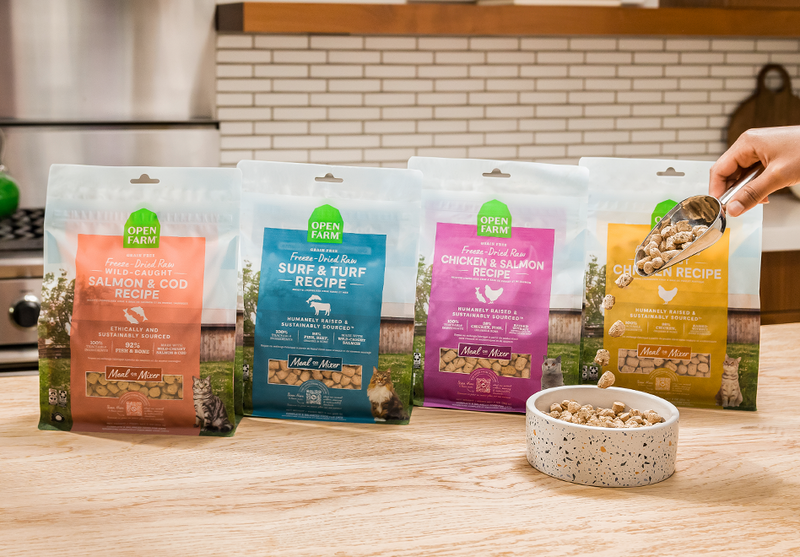


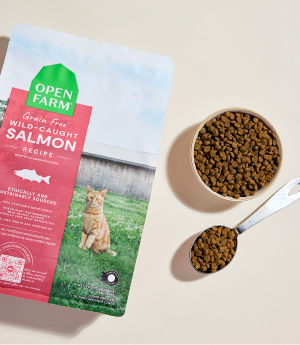
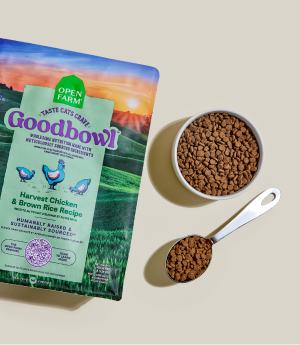
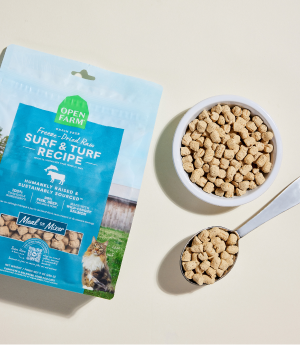

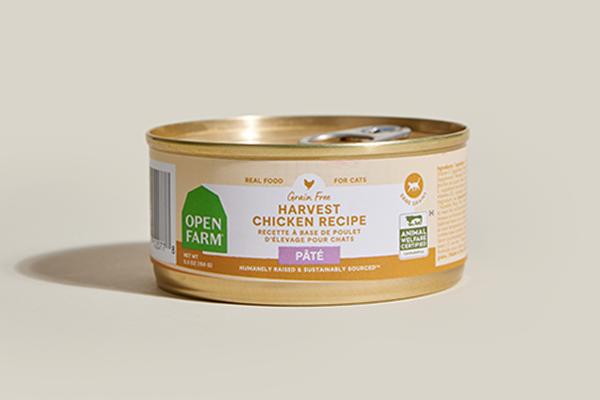
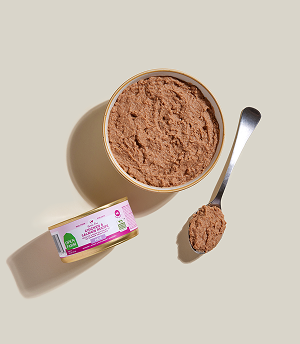
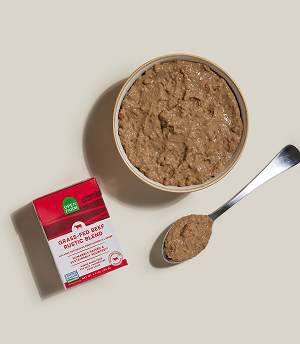
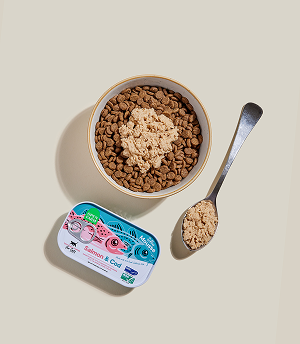

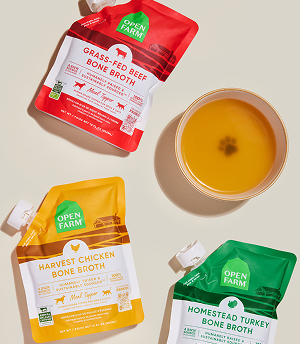
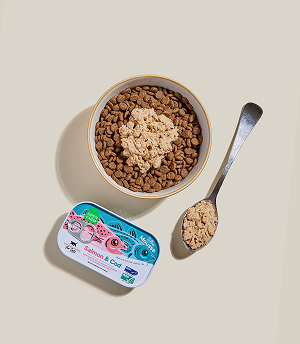

 Sign In
Sign In
 Create Account
Create Account





